Introduction
The attention mechanism has revolutionized deep learning, enabling models to selectively focus on the most relevant parts of an input sequence or feature map. Originating in the field of Neural Machine Translation (NMT), its application has rapidly expanded to diverse domains, including image captioning, speech recognition, and even graph neural networks. This paper provides a comprehensive overview of the attention mechanism, exploring its fundamental principles, architectural variations, benefits, and limitations, ultimately highlighting its transformative impact on modern deep learning.
1. The Need for Attention: Addressing the Limitations of Sequence-to-Sequence Models
Traditional sequence-to-sequence (seq2seq) models, particularly those employing Recurrent Neural Networks (RNNs) like LSTMs and GRUs, rely on a fixed-length context vector to encapsulate the entire source sequence. This vector, generated by the encoder, then serves as the sole input for the decoder to produce the target sequence. This approach, while effective for short sequences, suffers from several critical drawbacks:
- Information Bottleneck: Compressing the entire input sequence into a single fixed-length vector inevitably leads to information loss, especially for longer sequences. Crucial details and nuances can be lost in the compression process.
- Vanishing Gradients: The backpropagation of gradients through long RNNs can suffer from the vanishing gradient problem, making it difficult for the model to learn long-range dependencies between input and output elements.
- Lack of Alignment: The context vector provides no inherent mechanism for aligning specific input elements with corresponding output elements. This makes it challenging for the model to learn the proper transformations needed for accurate translation or sequence generation.
The attention mechanism directly addresses these limitations by allowing the decoder to attend to different parts of the input sequence at each decoding step, effectively bypassing the fixed-length bottleneck and enabling more nuanced alignment.
2. The Fundamental Principles of the Attention Mechanism
At its core, the attention mechanism learns a weighted average of the input sequence, where the weights represent the relevance of each input element to the current decoding step. This weighting process typically involves the following key components:
- Query (Q): Represents the current state of the decoder, encoding information about what the decoder is currently “looking for.”
- Keys (K): Represent the individual input elements, encoding information about what each element “offers.”
- Values (V): Also represent the individual input elements, providing the actual content that is attended to. Often, K and V are the same.
The attention process can be summarized as follows:
- Calculate Attention Scores: The query (Q) and keys (K) are used to compute attention scores, which quantify the similarity or relevance between the query and each key. Common scoring functions include:
- Dot Product: A simple and efficient method that calculates the dot product between the query and each key.
- Scaled Dot Product: Similar to dot product, but scaled by the square root of the dimension of the keys to prevent excessively large scores, which can lead to unstable training.
- Additive Attention (Bahdanau Attention): Employs a learnable feedforward network to combine the query and key before applying a non-linearity.
- Normalize Attention Scores: The raw attention scores are then normalized, typically using a softmax function, to produce a probability distribution over the input elements. These probabilities represent the attention weights.
- Compute Context Vector: The attention weights are used to compute a weighted sum of the values (V), resulting in a context vector. This context vector represents the attended-to information from the input sequence.
- Integrate Context Vector: The context vector is then integrated with the decoder’s current state to generate the next output element. This integration can involve concatenation, addition, or more complex transformations.
3. Architectural Variations of Attention
Over time, various architectural variations of the attention mechanism have emerged, each with its own strengths and weaknesses:
- Global Attention (Bahdanau Attention): Considers all input elements when calculating attention scores.
- Local Attention: Only attends to a subset of the input elements at each decoding step, improving efficiency and potentially focusing on more relevant local contexts. Methods for selecting the local context vary, including monotonic alignment and predictive alignment.
- Self-Attention (Intra-Attention): Allows a sequence to attend to itself, capturing relationships between different positions within the same sequence. This is the foundation of the Transformer architecture.
- Multi-Head Attention: Performs attention multiple times in parallel using different learned linear projections of the query, keys, and values. This allows the model to capture different aspects of the relationships between the input elements. The results of each head are then concatenated and linearly transformed to produce the final output. This technique is a key component of the Transformer architecture.
- Hard Attention vs. Soft Attention: Soft attention is differentiable, allowing gradients to flow through the entire model. Hard attention, on the other hand, selects only one input element to attend to, making it non-differentiable and requiring techniques like reinforcement learning for training.
4. The Transformer: Attention is All You Need
The Transformer architecture, introduced by Vaswani et al. (2017), marked a significant breakthrough in seq2seq modeling. It completely abandons the use of RNNs, relying solely on self-attention mechanisms. The Transformer consists of an encoder stack and a decoder stack, each composed of multiple layers. Each layer in the encoder stack contains multi-head self-attention followed by a feedforward network. The decoder stack similarly uses multi-head self-attention and a feedforward network, but also incorporates a masked self-attention mechanism (to prevent attending to future tokens) and an attention mechanism that attends to the output of the encoder.
The Transformer’s reliance on attention provides several advantages:
- Parallelization: Attention calculations can be parallelized, enabling faster training compared to sequential RNNs.
- Long-Range Dependencies: Self-attention can directly capture long-range dependencies between input elements, without the vanishing gradient problems associated with RNNs.
- Interpretability: The attention weights provide insights into which input elements are most relevant for each output element.
The Transformer has become the foundation for many state-of-the-art models in Natural Language Processing (NLP), including BERT, GPT, and T5.
5. Applications of Attention in Deep Learning
The attention mechanism has found widespread application across various deep learning domains:
- Neural Machine Translation (NMT): As the original application, attention significantly improves translation quality by enabling the model to align source and target words more effectively.
- Image Captioning: Attention allows the model to focus on specific regions of an image when generating the corresponding caption.
- Speech Recognition: Attention helps the model align audio features with corresponding phonemes or words.
- Visual Question Answering (VQA): Attention mechanisms are used to focus on relevant parts of both the image and the question when answering a question about an image.
- Graph Neural Networks (GNNs): Attention can be used to weight the importance of different neighbors in a graph when aggregating information.
- Sentiment Analysis: Attention can highlight the most sentiment-bearing words in a text.
- Time Series Analysis: Attention allows models to focus on the most relevant time steps when predicting future values.
6. Benefits and Limitations of Attention
The attention mechanism offers several compelling benefits:
- Improved Accuracy: By enabling selective focus on relevant information, attention generally improves model accuracy, especially for complex tasks involving long sequences or intricate feature maps.
- Interpretability: Attention weights provide insights into the model’s decision-making process, making it easier to understand which parts of the input are most important.
- Handles Variable-Length Inputs: Attention enables the model to effectively handle variable-length input sequences without requiring padding to a fixed length.
- Parallelization Potential: Some attention mechanisms, like self-attention, can be parallelized, leading to faster training.
However, attention also has certain limitations:
- Computational Cost: Calculating attention weights can be computationally expensive, especially for long sequences or large feature maps.
- Over-Attention: Models can sometimes “over-attend” to irrelevant information, leading to decreased performance.
- Requires Careful Tuning: Hyperparameters related to attention, such as the dimensionality of the keys and values, often require careful tuning.
7. Future Directions and Conclusion
The attention mechanism continues to be a field of active research. Future directions include:
- Efficient Attention Mechanisms: Developing more efficient attention mechanisms that reduce computational cost without sacrificing accuracy. Techniques like sparse attention and linear attention are promising avenues.
- Adaptive Attention: Designing attention mechanisms that can dynamically adjust their focus based on the input data and the task at hand.
- Explainable AI: Further leveraging attention weights to improve the explainability and interpretability of deep learning models.
- Combining Attention with Other Techniques: Integrating attention with other deep learning techniques, such as convolutional neural networks and graph neural networks, to create more powerful and versatile models.
In conclusion, the attention mechanism has profoundly impacted the field of deep learning, enabling models to selectively focus on the most relevant information and achieve state-of-the-art results in a wide range of applications. Its ability to address the limitations of traditional sequence-to-sequence models, coupled with its inherent interpretability, makes it a crucial tool for building intelligent and adaptable systems. As research continues to advance, we can expect to see even more innovative and impactful applications of attention in the years to come.




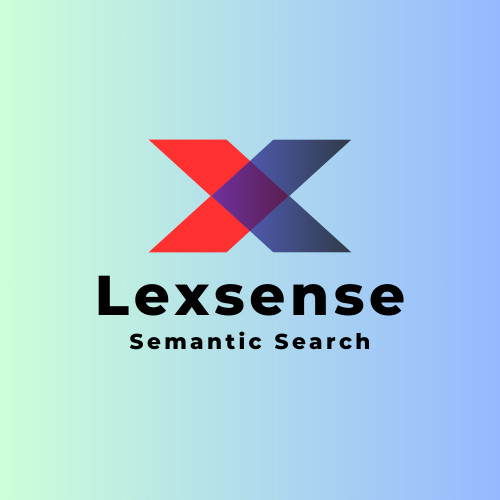


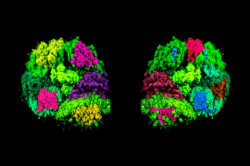

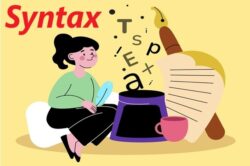



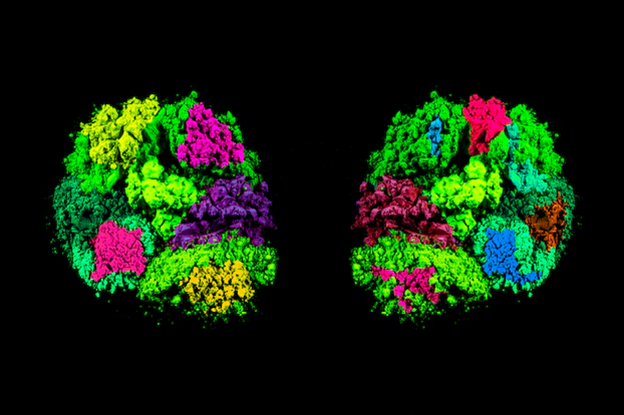







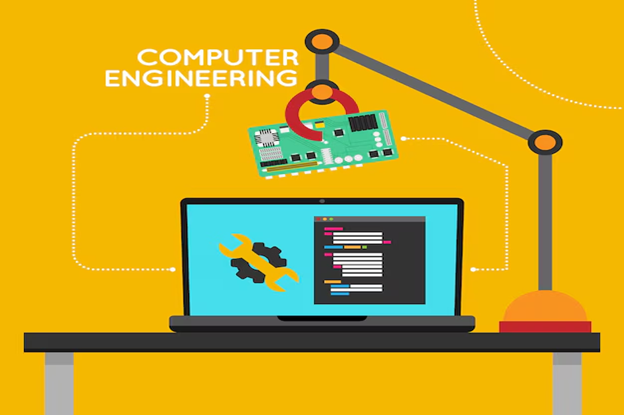

+ There are no comments
Add yours